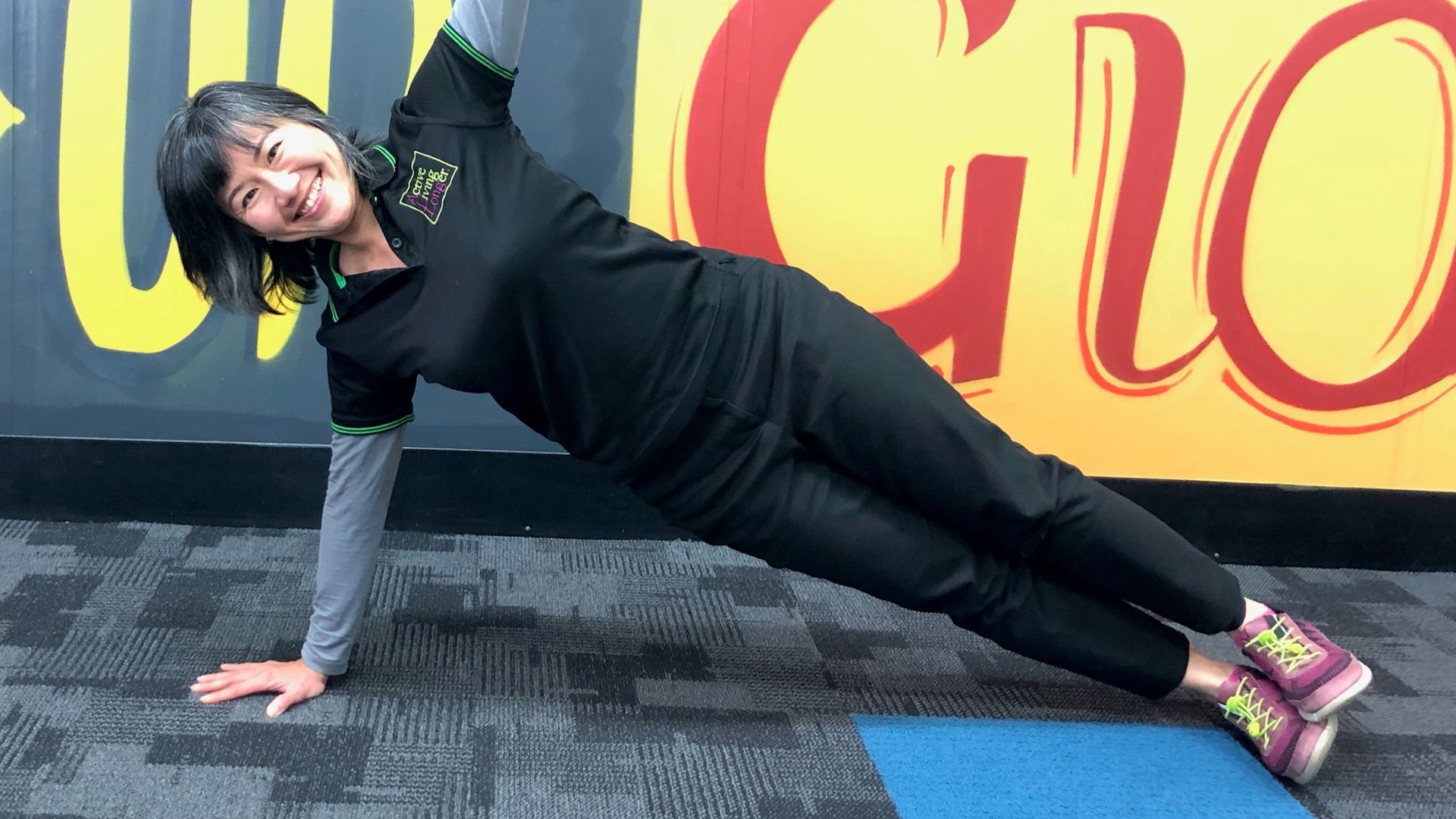At the start of Men’s Health Week (Monday 15 to Sunday 21 June, 2020) Adjunct Research Fellow in the Charles Sturt University School of Exercise Science, Sport and Health, Dr Eevon Stott, explores the concepts behind the changes many men could make for a potentially healthier lifestyle.
The profile of the Australian male is diverse, but the collective health status of Australian men is not. Generally speaking, the outlook is not positive.
Here are some facts: the leading cause of death for men continues to be heart disease; more than half of Australian men drink three or more standard serves of alcohol daily; in 2017-2018 three in four men were overweight or obese.
Given this data, perhaps the well-worn Australian idiom of ‘she'll be right, mate’ is an overly optimistic attitude to the typical man’s health issues.
Data from the federal government’s Australian Institute of Health and Welfare 2017 projected that a male born in 2015 will have a life expectancy of around 80 years. In the latter years of their lives, men can expect to live 12 years with some level of disability, plus a further 5.4 years with more severe disability, resulting in needing assistance with self-care, mobility and communication.
This stark reality begs the question: are there things men should be doing during their younger years to stockpile a health reserve which can be drawn upon to shorten this projected 17 years of disability towards the end of life? In this regard, equilibrium – ‘she’ll be right, mate’ – will be evasive if the status quo is reclining on the couch, reeling from crapulence.
We are living in the Information Age and, sure enough, knowledge pertaining to both medical and preventive health is freely available. So, it is not the lack of knowledge that contributes towards some males’ less-than-optimum health status.
Some men looking to make improvements to their wellbeing will draw inspiration from the other end of the health spectrum, like Earl Fee, born in 1929, who was the overall winner of last year’s World Masters Athletics and has 59 age-group world records. Others will see such achievements as being so unattainable they veer close to total irrelevance.
Rest assured, it’s never too late to make positive changes. Empirical observation - unpublished data from lab experiments - indicates that when compared to their younger counterparts, older men in physical training exhibit tenacity to such a degree that their performance is comparable. They also outperform untrained men half their age.
The multi-fold benefits of exercise and being physically active are well-founded across health measures. The American College of Sports Medicine presents scientific reviews and guidelines for health promotion for weight management, hypertension, cardiovascular disease, cancer prevention and survival, to osteoarthritis and falls prevention.
Furthermore, exercise provides a platform for social interaction, particularly for men who tend to have fewer social opportunities. Studies have shown the detrimental effects of social isolation can be comparable to smoking 15 cigarettes a day in terms of health outcomes.
With all of these factors at play, in many cases simultaneously in one individual, maybe it’s time for a male-focussed, total health-centred 2020 version of the ‘Life. Be in it.’ campaign of 1975?
Because in the face of these challenges, simply saying ‘she’ll be right, mate’ just doesn’t seem, well, right.
Dr Eevon Stott is a practicing accredited exercise scientist and CEO of not-for-profit Active Living Longer Inc.






Social
Explore the world of social